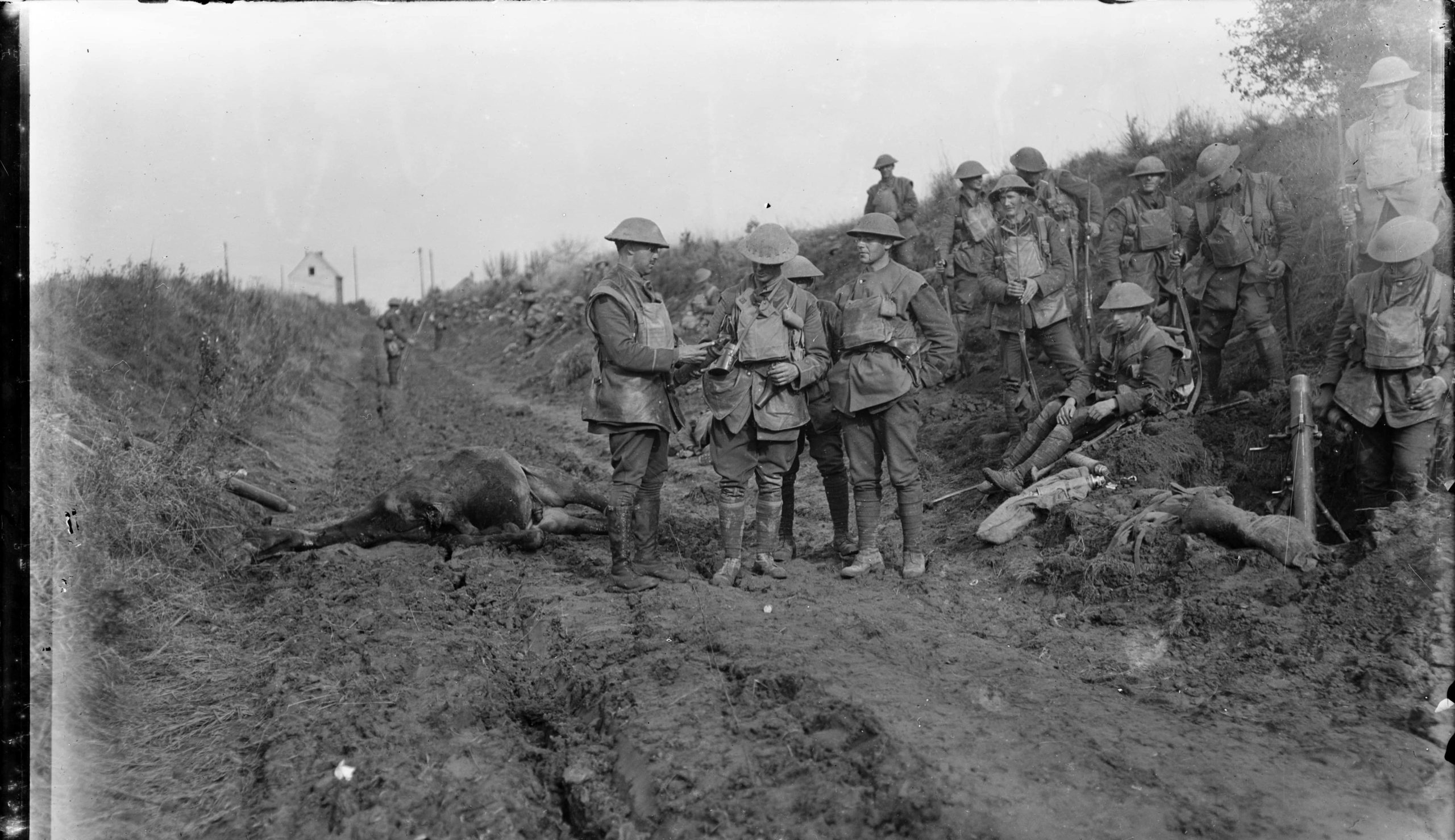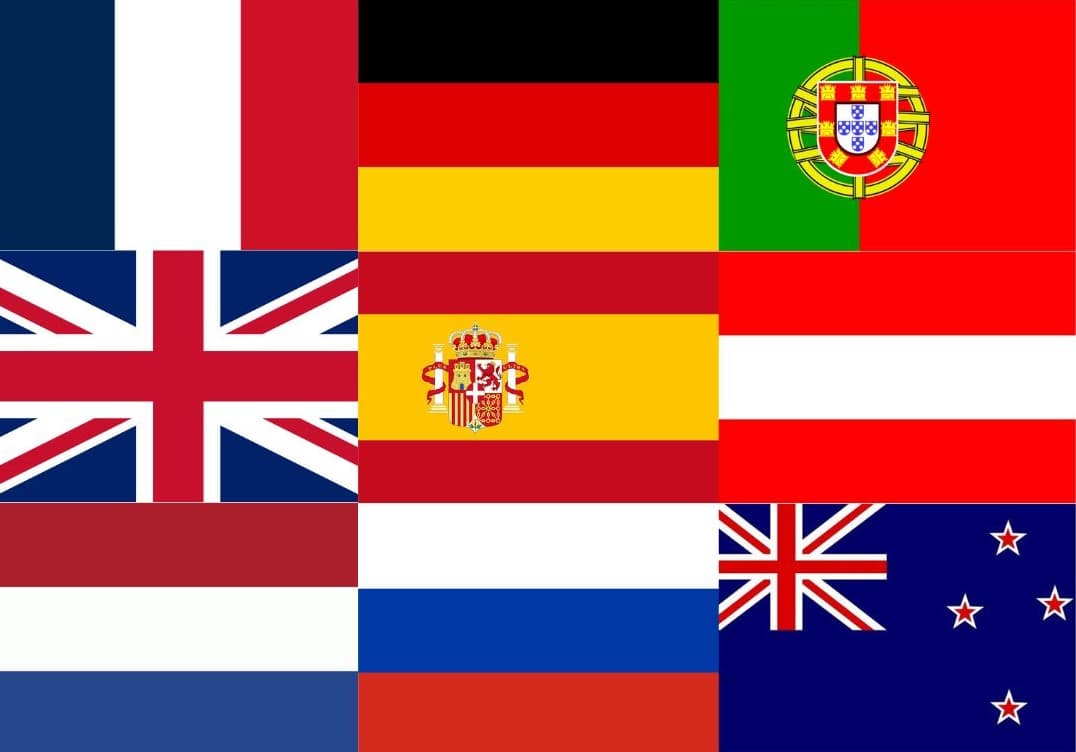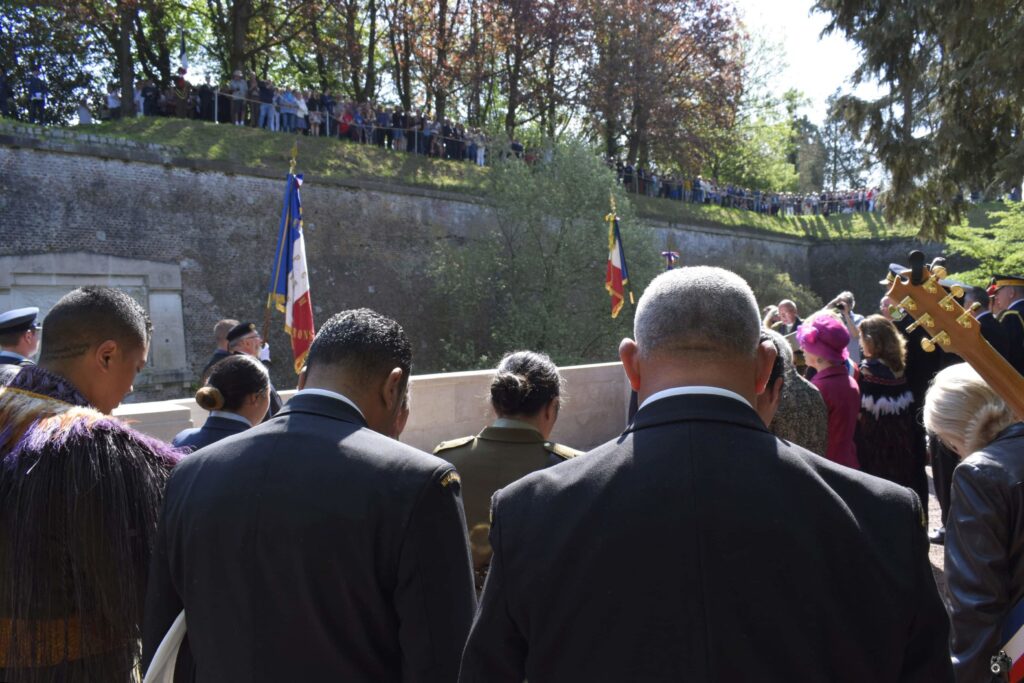The New Zealand Liberation Museum – Te Arawhata in Le Quesnoy, France, will be a place of remembrance focussed on freedom, friendship and future – a future enlivened by educational linkages.
The town has an extraordinary history. Many of the conflicts of Europe that eventually culminated in the World Wars played out, in part, here.
In liberating Le Quesnoy without destroying it and bringing freedom to its people at the end of the First World War, the New Zealand Division helped preserve an extraordinary heritage.
While dozens of Kiwi soldiers were killed by the German defence, not a single French person perished. The friendship its people feel towards Kiwis is legend.

A castle and fortifications were first built on the site in the mid-12th century by Baldwin IV, Count of Hainaut.
Within 30 years the town was besieged – hundreds of years of intrigue and conflict would follow.
Grandson, Baldwin VI, married into French royal family for diplomatic reasons to help strengthen stability. However, he got caught up in the Crusades, became Emperor of Constantinople and disappeared.
His daughter married into the Portuguese royal family, which linked Le Quesnoy to England and Germany, and meant war with the French in the 1200s.
Early 1300s, saw Count William I marry the sister Philip VI of France, which helped settle things, but daughter – Philippa of Hainaut – married Edward III of England. That meant Hainaut sided with the English and Flemish against France early in the Hundred Years War.
In 1340, the Duke of Normandy – son of Philip VI of France – besieged Le Quesnoy, but cannons on the ramparts repelled his French army. Adding insult to injury – Margaret, Countess of Hainaut – married Louis IV of Spain, the Holy Roman Emperor. The castle at Le Quesnoy was her preferred home.
In the late 1300s, things settled a bit. William IV of Hainaut married the daughter of Charles V of France. But, they had no children, so he married Margaret of Burgundy.
Their daughter – Jacqueline, Countess of Hainaut – was betrothed to the Dauphin of France, but ends up in England, married to the Duke of Gloucester – brother of King Henry V. Le Quesnoy was again caught up in war.

The flags of the nations who have been involved in conflict in Le Quesnoy.
A succession of Dukes of Burgundy controlled the place in the mid-1400s. One, Charles the Bold, married Margaret of York – influential sister of Edward IV & Richard III. That meant England was still very much in the frame.
In 1477, the forces of Louis XI of France attacked. At first repelled, they came back with bigger cannons, breached the walls and took Le Quesnoy. But, just a year later – Maximilian, Archduke of Austria – arrives on the scene and drives the French out.
In the 1500s, his son, Philip the Handsome, gives Le Quesnoy to his sister – Margaret of Austria. But then, Phillip the Handsome’s son – Charles – becomes Charles V of Spain and, himself, Holy Roman Emperor.
Charles V comes to Le Quesnoy during a long war with France, and puts 20 years work into the fortifications. He made it so that cannons could fire in all directions from the walls.
In 1554 – Henri II of France – takes on Charles V at Le Quesnoy and retakes the town for France, but couldn’t hold it. The Spanish Inquisition would wreak its havoc on the town, and then in the 1568 Battle of Le Quesnoy, the Prince of Orange waded in, supported by a German army, and took the town – but not for long before Spain booted him out.
The Spanish would hold Le Quesnoy for number of years, but in 1654, Louis XIV used powerful artillery to retake the town for France.
It was he who had Vauban redesign and rebuild the famous fortifications, the ramparts still seen today.
It would not be the end of conflict, however. The 1700’s saw the Austrians and French continue to fight over place. The Dutch and Russians even got involved at times prior to Great War. Then, on 23 August 1914 Germany took the town.
And that is just part the extraordinary heritage New Zealand saved on 4 November 1918 and how it was that soldiers came from the uttermost ends of the earth to bring freedom – to take Le Quesnoy with COURAGE, NOT CANNONS.
